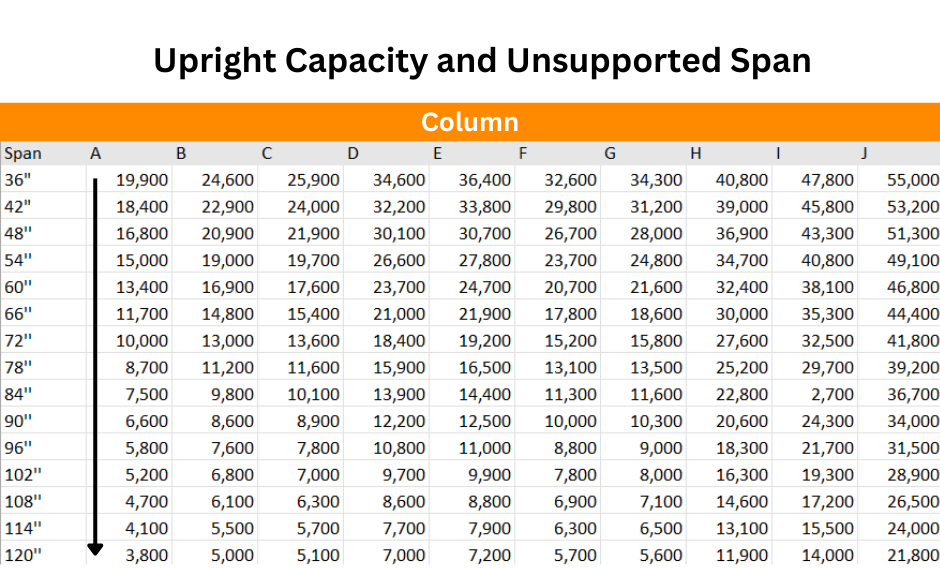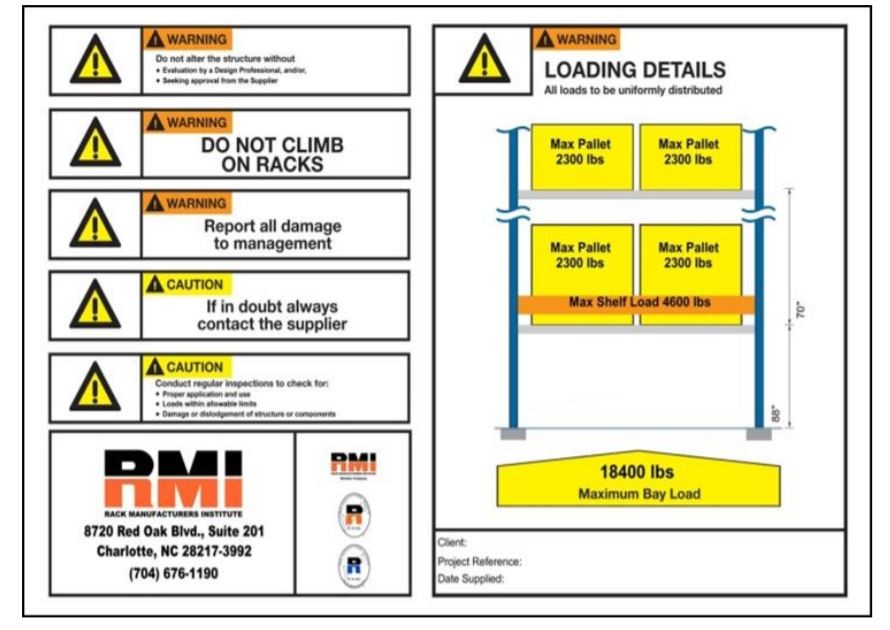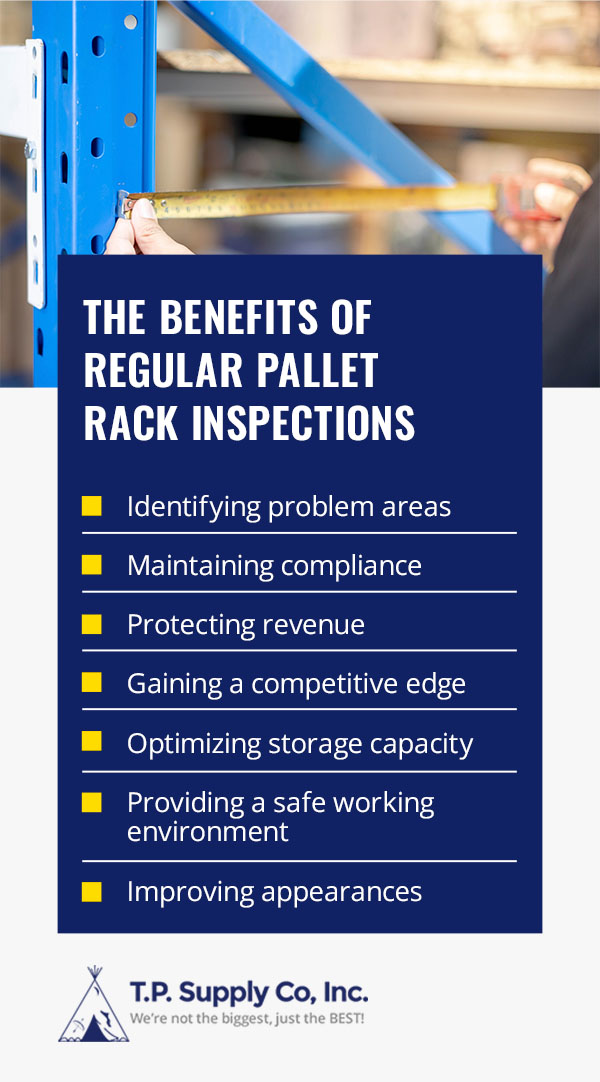Pallet racks and handling equipment form the backbone of modern warehouses, yet their structural limits and operational demands are often misunderstood. From overloaded beams to improper pallet rotation, even minor oversights can trigger catastrophic failures. Here’s what every warehouse manager needs to know to avoid disaster.
Why Pallet Rack Structural Integrity Matters
Pallet racks are engineered systems designed to maximize vertical storage while supporting heavy loads. Their stability hinges on three core components: upright frames, horizontal beams, and connectors. However, their load capacity isn’t arbitrary—it’s dictated by precise engineering principles.
The Three Pillars of Pallet Rack Stability
- Beam Capacity
Beams determine how much weight each shelf can hold. Their deflection (bending under load) must not exceed length/180—a 96-inch beam, for example, can only sag up to 0.53 inches. Exceeding this risks permanent deformation or collapse. - Beam-to-Upright Connections
Connectors—pins, hooks, or bolts—secure beams to uprights. Weak or improperly installed connections compromise load distribution, increasing deflection and failure risks. Seismic zones often require additional reinforcement.

- Upright Frame Design
Upright strength depends on steel grade, bracing, and height-to-depth ratios. Taller frames are inherently less stable, and unsupported spans (vertical spacing between beams) directly impact capacity. A 10% increase in span can reduce load capacity by 20%.The Silent Threat: Unsupported Spans and Overloading
Unsupported spans—the vertical gaps between beam levels—are a leading cause of rack failures. When spans exceed manufacturer limits, risks escalate:
- Reduced System Capacity: Larger spans lower the total weight the rack can safely hold.
- Beam Deflection: Excessive bending strains connectors and uprights.
- Structural Collapse: Overloaded spans can buckle, endangering workers and inventory.
How Unsupported Spans Occur
- Reconfiguration Errors: Removing beams to adjust shelf heights without recalculating capacity.
- Improper Installation: Missing beams during assembly.
- Wear and Tear: Damaged components left unrepaired.
Solution: Use manufacturer capacity tables or tools like OneRack to validate configurations. For critical spans, add intermediate beams or reinforce uprights with box columns.

Pallet Inverters: A Double-Edged Sword for Load Management
Pallet inverters—machines that rotate or flip loaded pallets—are vital for industries like food, pharmaceuticals, and retail. However, improper use can destabilize loads and strain rack systems.
Key Components of Safe Inverter Operation
- Clamping Mechanism: Secures loads during rotation. Misaligned clamps risk product shifts, creating uneven weight distribution.
- Hydraulic Systems: Require weekly grease checks and annual oil replacements to prevent mechanical failure.
- Safety Guards: Light barriers and emergency stops are non-negotiable; 90% of inverter accidents occur during unguarded maintenance.
Installation Checklist- Anchor inverters to 6-inch concrete slabs using M12 bolts.
- Ensure 360-degree clearance for operators and forklifts.
- Validate motor rotation direction to avoid hydraulic leaks.
Load Capacity Testing: Beyond Guesswork

Determining a pallet’s load capacity isn’t optional—it’s a regulatory mandate. Standards like ISO 8611 and ASTM D1185 dictate testing protocols:
Laboratory vs. Computer Modeling
- Laboratory Tests: Use airbags or rigid loads to simulate real-world stress. For example, a 48×40-inch pallet must deflect ≤0.72 inches under racking tests.
- Finite Element Analysis (FEA): Predicts failure points in plastic or composite pallets but requires physical validation.
Critical Metrics - Static Load Capacity: Maximum weight on a stable floor.
- Dynamic Capacity: Tolerance during forklift handling.
- Racking Capacity: Endurance on beam-supported racks.
Pro Tip: Always test with a flexible load (e.g., water-filled bladders) for general-purpose pallets. Rigid loads (e.g., metal coils) require specialized compression tests.Maintenance: The Overlooked Lifeline

Routine inspections prevent 60% of rack-related incidents. Follow this schedule:
Weekly Tasks
- Grease pivot points and inspect hydraulic hoses.
- Check beam connectors for loose pins or corrosion.
Monthly Audits
- Measure upright alignment; >1/4-inch tilt indicates instability.
- Scan for cracks in welds or footplates.
Annual Overhauls
- Replace hydraulic oil and suction filters.
- Conduct load tests to validate capacity post-repairs.

![8 Critical Factors When Choosing a Wire Coil Wrapping Machine [2025 Buyer’s Guide] 8 Critical Factors When Choosing a Wire Coil Wrapping Machine [2025 Buyer’s Guide]](https://i0.wp.com/www.fhopepack.com/blog/wp-content/uploads/2023/01/Master-coil-stretch-wrapper-zt.webp?w=1024&resize=1024,1024&ssl=1)



